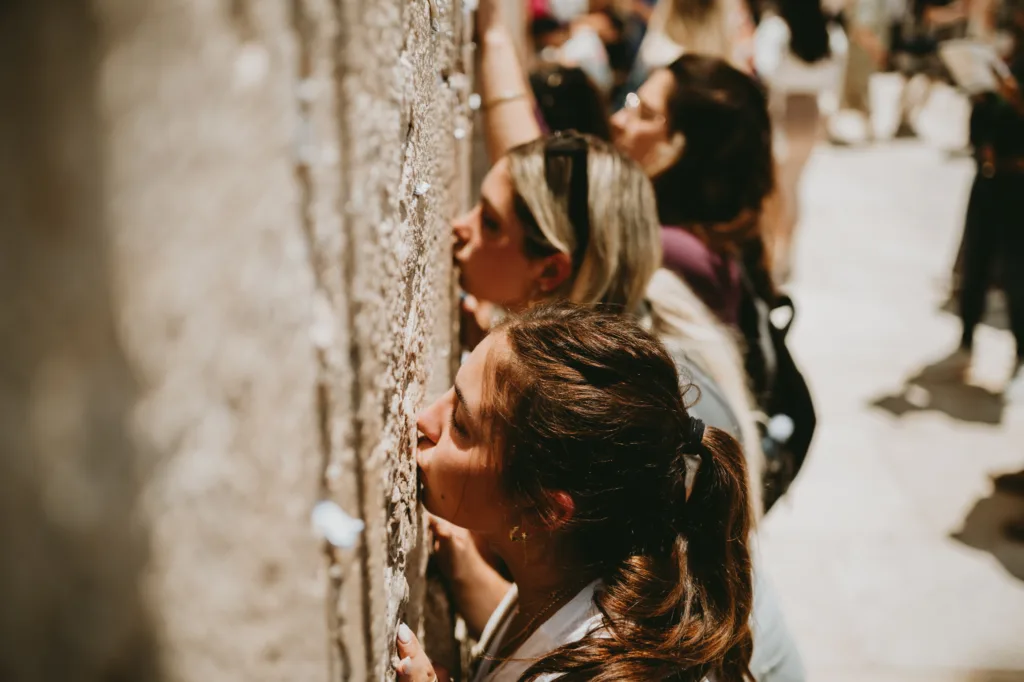What is Tisha B’Av?

What is Tisha B’Av?
Tisha B’Av, the ninth day of the Jewish month of Av, is recognized as the saddest day on the Jewish calendar. It is a day of mourning for tragedies across Jewish history, most particularly the destruction and loss of the first and second Temple and Jerusalem nearly 2,000 years ago. Over the last 100 years, Tisha B’Av has also become a day of mourning for the lives lost in the massacres of Jewish communities in the Middle East and North Africa, the pogroms of Eastern Europe, and the Holocaust.
This year, Tisha B’av feels more relevant than ever as Jewish people across the world are still mourning the lives of those people slaughtered on October 7 and are fearful for the lives of the remaining hostages in Gaza.
Traditional ways to observe Tisha B’Av
Throughout history, the Jewish people have mourned the loss of Jerusalem as a symbol of the loss of Jewish sovereignty and religious freedom. The traditional practices observed on Tisha B’av reflect that loss and make space for mourning, reflection, and a communal expression of grief. Here are some ways Jewish communities have traditionally observed Tisha B’Av:
- Refraining from eating, drinking, listening to music, studying Torah, sitting on chairs, and wearing leather shoes. These are all drawn from traditional mourning practices that a person might observe when they lose a close family member.
- Reading the book of Eicha, or Lamentations, as a community. Lamentations expresses the anguish the Jewish people experience during the destruction of Jerusalem and the Temple.
- Spending the day in study and reflection of tragedies in Jewish history, such as October 7 and the Holocaust.
Ways to think about observing Tisha B’Av this year:
Looking for a way to connect with Tisha B’Av this year? Check out the suggestions below:
- Jewish families often carry years of stories and traditions that survive, despite tragedy and upheaval. Think about speaking with relatives, family friends, or community members about their experiences over the last year or your family history as a way to connect with the historical aspect of Tisha B’Av.
- What are you hopeful about for the coming year? Are there steps you can take or practices you can commit to in order to make that hope a reality?
As Tisha B’Av ends and the calendar moves towards Rosh Hashanah, may the year ahead bring more hope than darkness, and may our communities across the world find safety and joy in their Jewish stories.